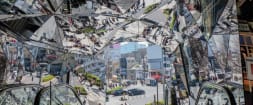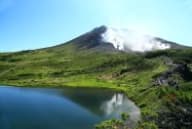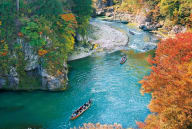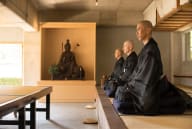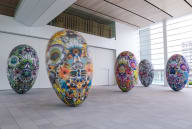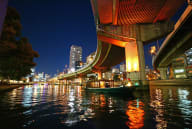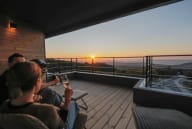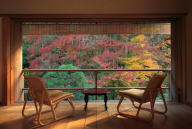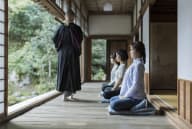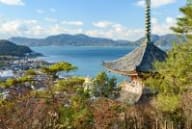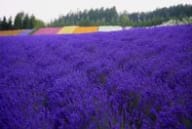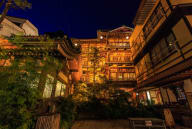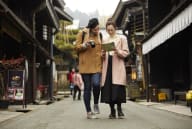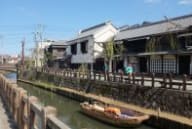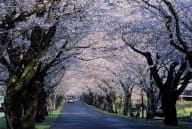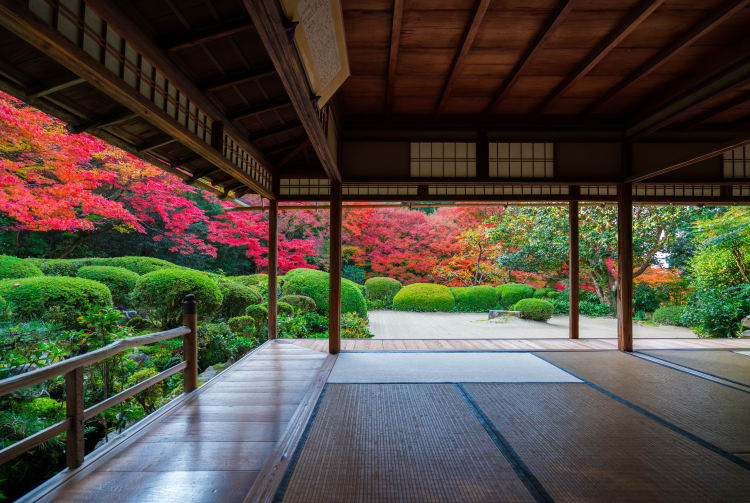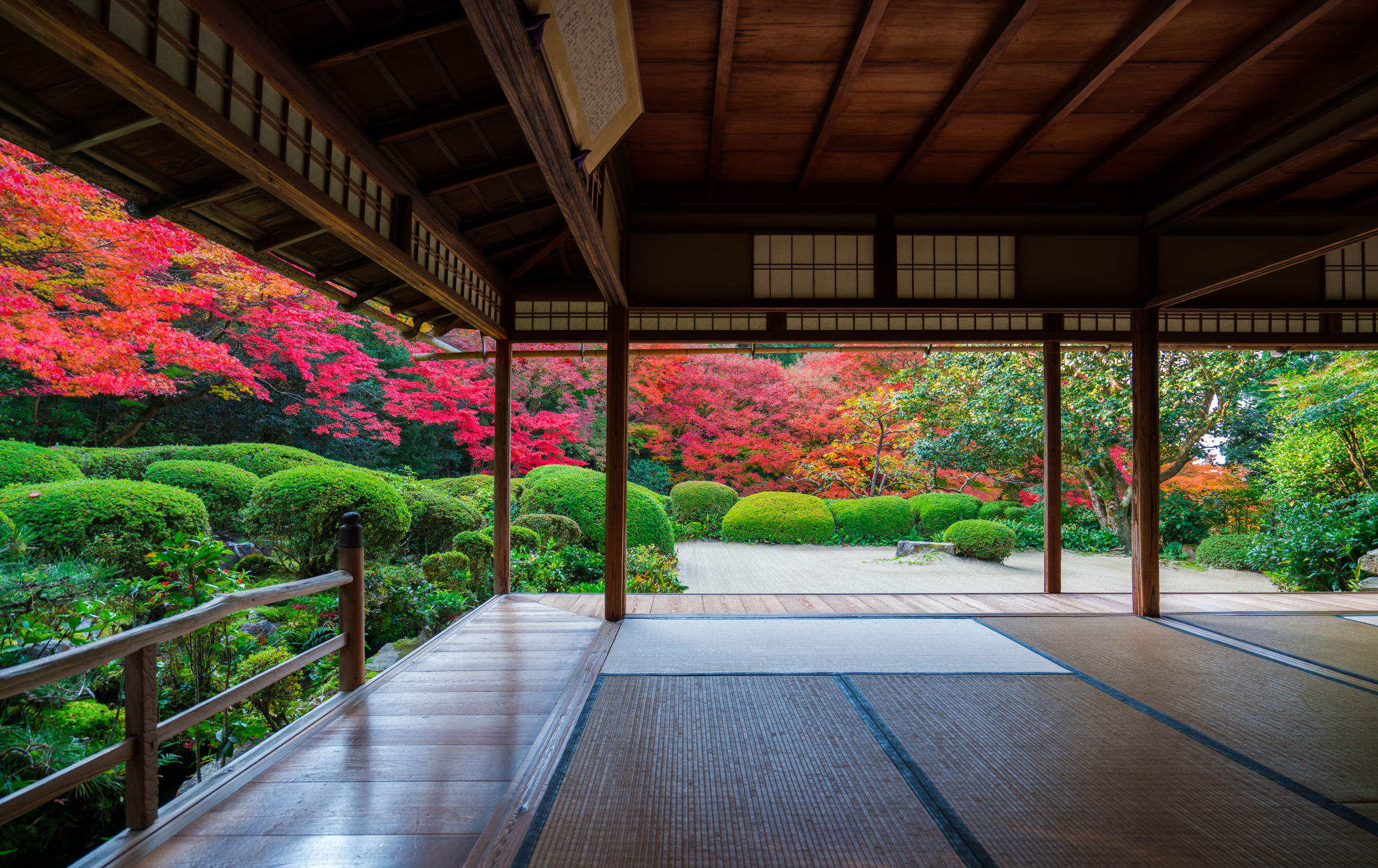The scenic retirement villa of a scholarly samurai
Shisendo Temple is in Kyoto's northern Rakuhoku district, a less-traveled part of the city. For those looking to escape the crowds of more high-profile attractions, Shisendo offers a tranquil experience. Shisendo's name translates as “hermit's retreat,” which fits the place well.
Former samurai, Chinese classics scholar, and landscape architect Ishikawa Jozan built the place in 1641 as a retirement villa. It features a collection of 36 portraits of ancient Chinese poets.
How to Get There
You can reach the temple by bus or train.
From Kyoto Station, take bus #5 to Ichijoji-kudari-matsumachi bus stop. The temple is about a seven-minute walk from there. From Demachiyanagi Station, take the Eizan Main Line to Ichijoji Station. It is about a 15-minute walk east from there.

A serene garden
The temple is known for its Tang-style (Chinese landscape) garden, which is especially beautiful in the spring when filled with bluish-purple satsuki azaleas. The pruning of these flowers makes them evocative of mountains, where the white sand evokes the sea, adding to the serene charm of the garden.

Winter wonderland
If you happen to visit in the winter, you might get lucky and see the garden at its most magical dusted with snow.












